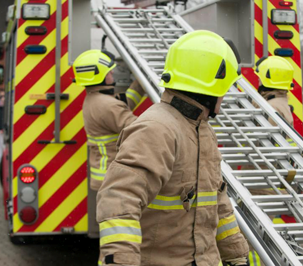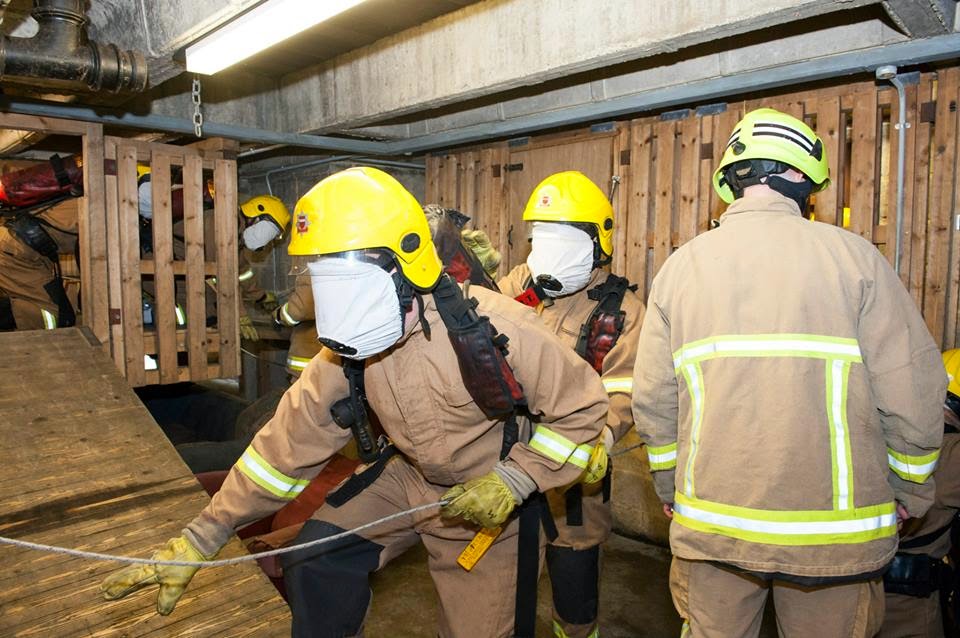An official watchdog has told East Sussex Fire and Rescue Service to make a raft of improvements in the year ahead.
The service, which covers Brighton and Hove, was rated as “requires improvement” in two out of three key areas – its “effectiveness” and “the way (it) looks after its people”.
It was rated “good” for “efficiency”, with praise for its sound finances from Her Majesty’s Inspectorate of Constabulary and Fire and Rescue Services (HMICFRS).
The watchdog rated 11 separate areas, with four graded “good” and seven as “requires improvement”.
The inspection report, published today (Tuesday 17 December), said: “We are satisfied with some aspects of the performance of East Sussex Fire and Rescue Service. But there are several areas where the service needs to make improvements.
“It requires improvement to the effectiveness of the service it provides. The service requires improvement to
- its understanding of the risk of fire and other emergencies
- the way it prevents fires and other risks and
- how it protects the public through fire regulation
“But it is good at responding to fires and other emergencies. And the service is good at responding to national risks.
“The service is good at using its resources efficiently and has realistic and robust financial plans in place. And the service is good at making its services affordable now and in future.
“The way East Sussex Fire and Rescue Service looks after its people requires improvement. We judged it to require improvement in
- promoting the right values and culture
- getting the right people with the right skills
- managing performance and developing leaders and
- ensuring fairness and promoting diversity
“Overall, we would like to see improvements in the year ahead.”
The watchdog’s report said that the fire service attended 9,384 incidents in 2018, of which 22 per cent were fires and 31 per cent were other incidents, such as car crashes, floods and rescues. But 47 per cent – more than 4,400 – were false alarms.
The report criticised shortcomings in “Site-Specific Risk Information” (SSRI), saying: “SSRI gives firefighters information about buildings and hazards (such as chemicals) that may be present at sites.
“As of February 2019, the service had identified 2,550 risk sites.
“But at the time of our inspection, the service couldn’t give details of how many visits to these sites it had completed.
“But more recent data shows, as at 31 March 2019, that there were 2,557 risk sites and that between 1 January 2019 and 31 March 2019 the service had completed 222 SSRI visits.
“The service categorises risk across five categories from level 1 (high risk) to level 4b (very low risk).
“The service is meant to visit high-risk premises annually, and to visit or provide updates about low-risk premises every four years.
“Wholetime and on-call staff update SSRI for their station area.
“Across the operational staff we spoke to, there was a lack of training in SSRI.
“The firefighters we interviewed have little confidence in the SSRI the service holds on MDTs (mobile data terminals).
“Moreover, SSRI kept on paper at stations didn’t always match the information on MDTs.
“One record we sampled showed four identified hazards on the MDT and 10 on the paper version.
“The service acknowledges that it needs to improve the quality of its risk information.
“It is taking steps to do this.”

Chief Fire Officer Dawn Whittaker said: “We are pleased that the report recognises our areas of achievement and critically that our response to emergencies is good.
“We are constantly working hard to deliver the best results for our community and this demonstrates that we are ready to respond when you need us.
“The report is based on a snapshot of our service and we believe the key measure of our performance is what the public we serve think of us.
“We are very self-aware as a service and already had plans in place to address some of the areas of improvement highlighted in the report.
“These plans have progressed well since the inspection in June and we are all determined to ensure that progress continues to be made.
“There are some aspects of behaviour in our service that do need to change. We want to be a service whose staff treat each other with respect and in a way that you would expect to see in any modern workplace. To that end, we will be introducing a new behavioural framework in 2020.
“Everyone is proud of the service we provide to the communities of East Sussex and the city of Brighton and Hove, but we are not complacent and we are committed to continuous improvement.”
East Sussex Fire Authority chairman Roy Galley said: “We agree that fire and rescue services should be independently inspected and held to account, just as other vital public services are and the fire authority are an important part of that.
“The service’s leadership team continues to have our backing and support as we see some of the key plans and strategies that have been developed in the last few years coming to fruition.
“This is important to bring about lasting change and efficiency to the public and communities we serve.”










